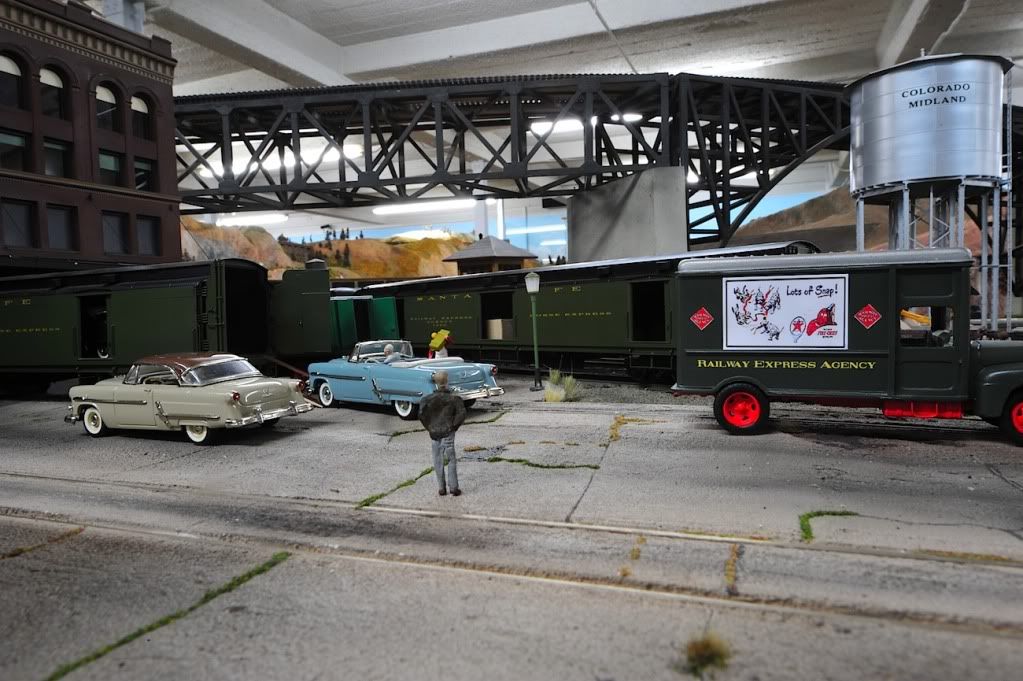
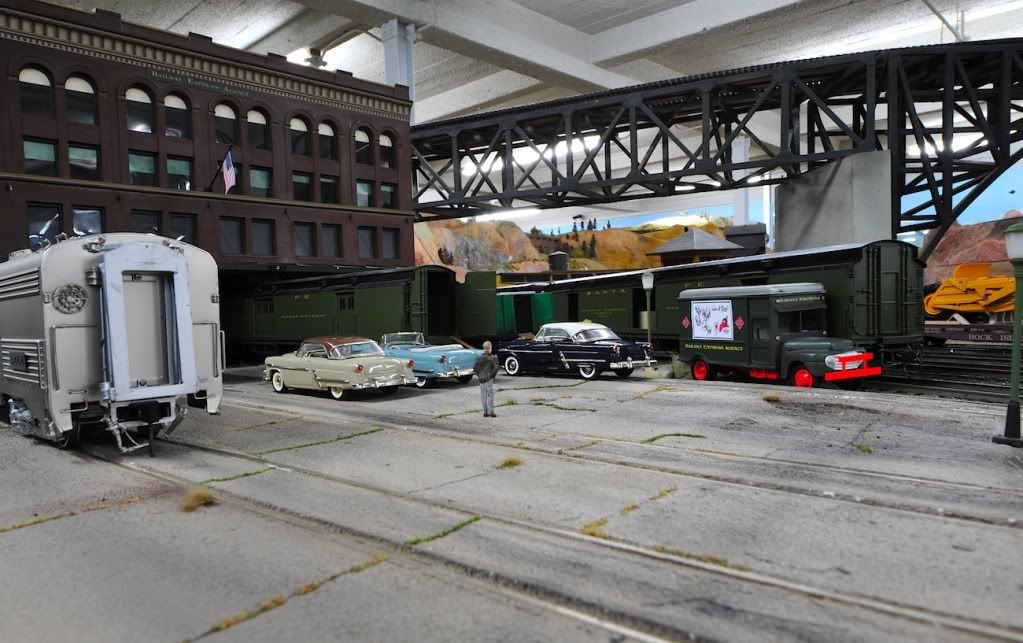
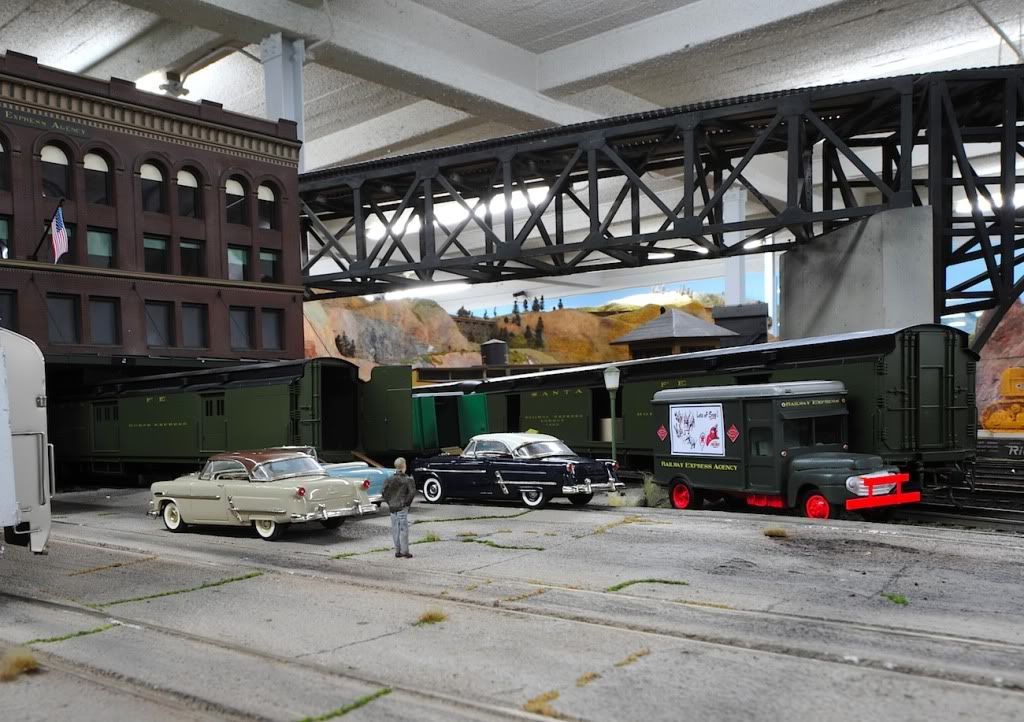

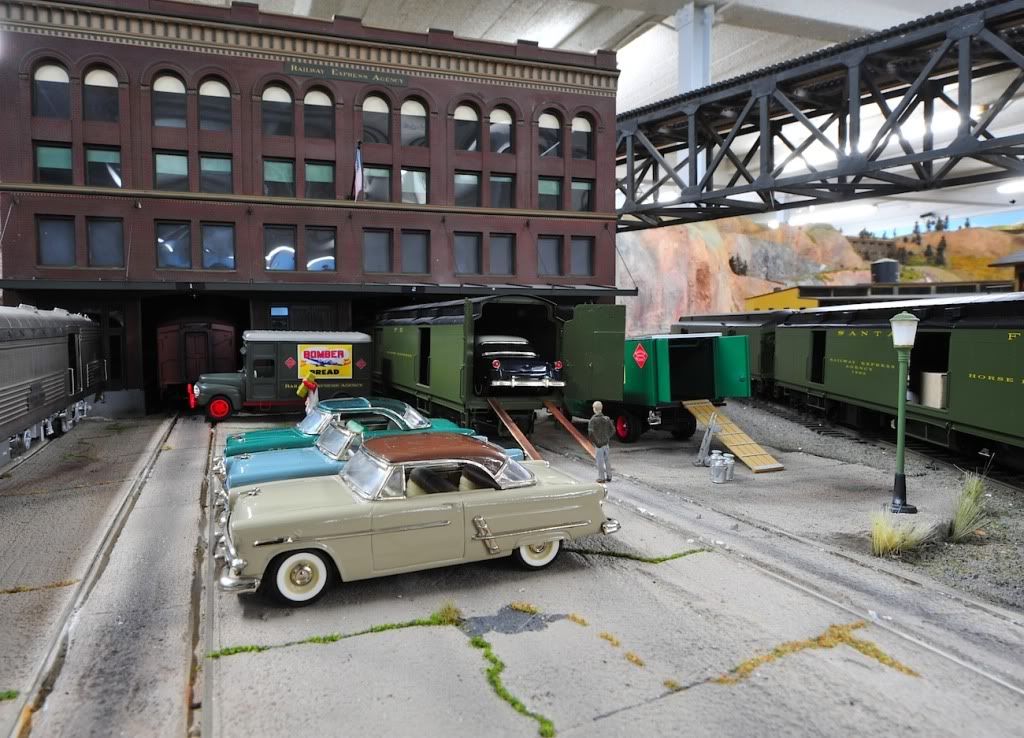
|




|





Replies sorted oldest to newest
quote:Originally posted by phill:
Nice oldies, was in CVS pharmacy last week and they had a kiosk about 5 feet high with toy cars and some were about the size one uses in O as I couldn't see a scale on the bottom. I got 2 old 50's Cadillacs and should go back for more.
quote:Originally posted by laming:
Beautiful scenic work, Erik! Thanks for sharing!
Andre
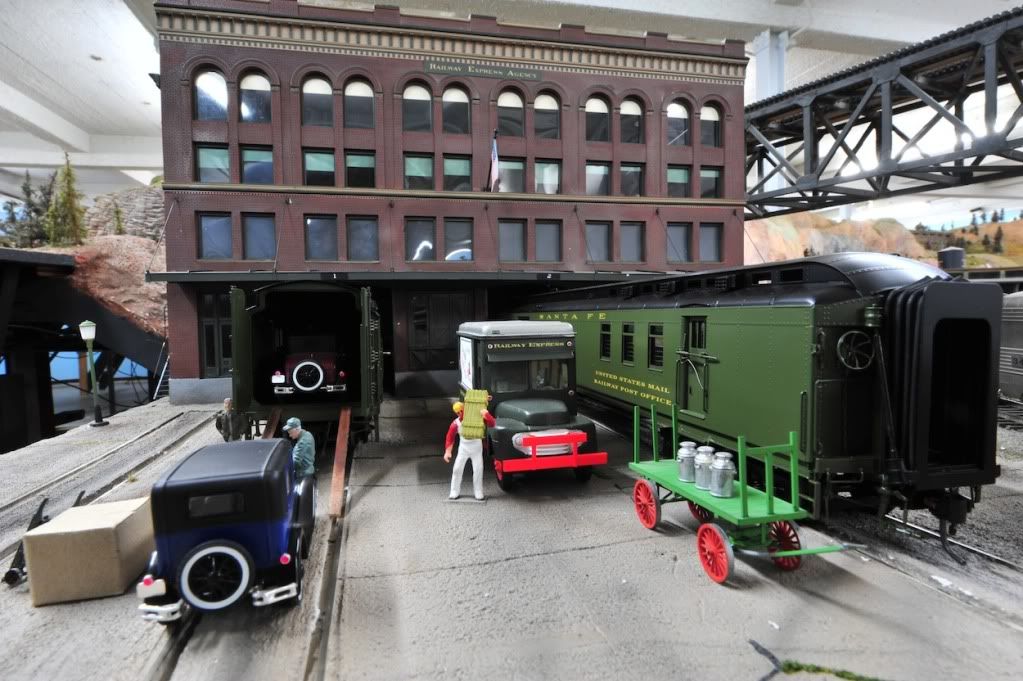
quote:Originally posted by Lee 145:
You may have left out the small wood blocks and nails, but I am not going to quibble.
Very good work!
Pictures are fantastic!
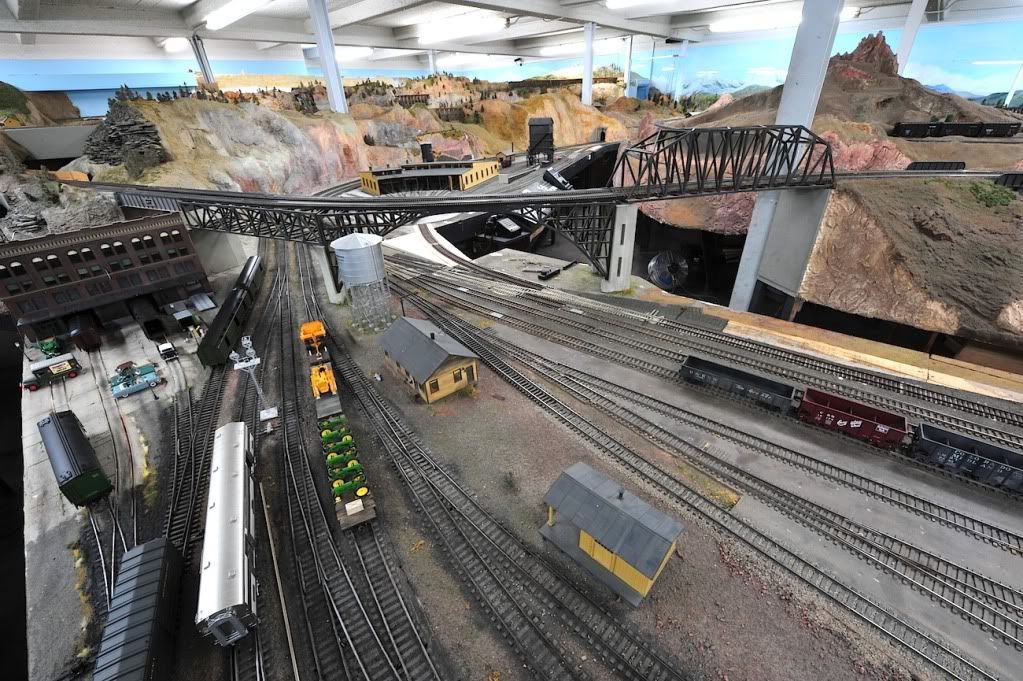


Quibble/Question: That is really a nice scene, but is that '50's REA truck depicted next to a couple of "new" 1920's autos being unloaded? I know this company makes
a 1940 REA truck kit, too, but that would be, as even would a 1929 Model A Ford REA
truck, too late for those circa mid 1920's cars if new. Who made those autos?
Was REA involved in the shipment of new autos? I know some period new cars were driven long distances in convoys to deliver, and that many shipped by auto box cars, sometimes knocked down for the "lucky?" dealer to assemble, but did REA handle new car shipments (during some period)? (I had thought to add an "orphan" make of small auto plant to my layout, but when I set its date as 1940, the Depression had killed off dozens of the makes once made, and few were left..Graham and Hupmobile, which promptly died in 1941, with Willys barely struggling on....there were still some small but now defunct truck makes...maybe that can be added) And so that scene is very interesting.
Access to this requires an OGR Forum Supporting Membership
